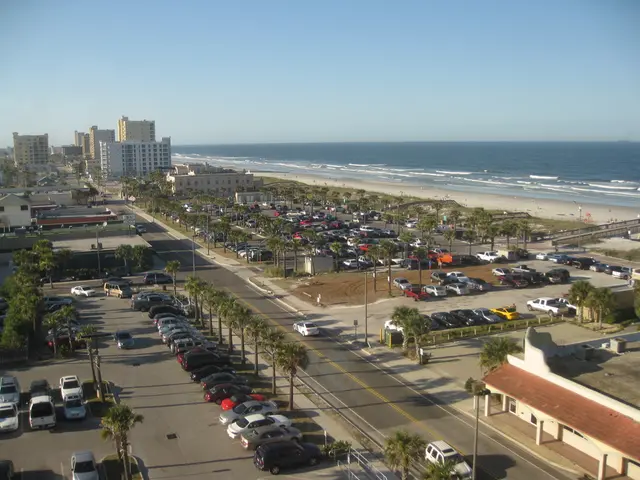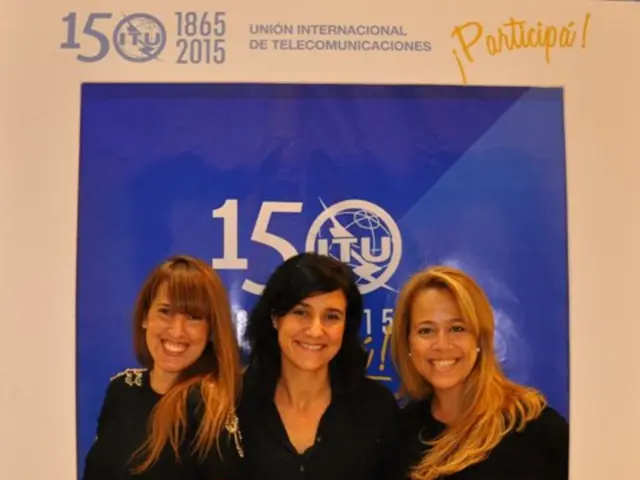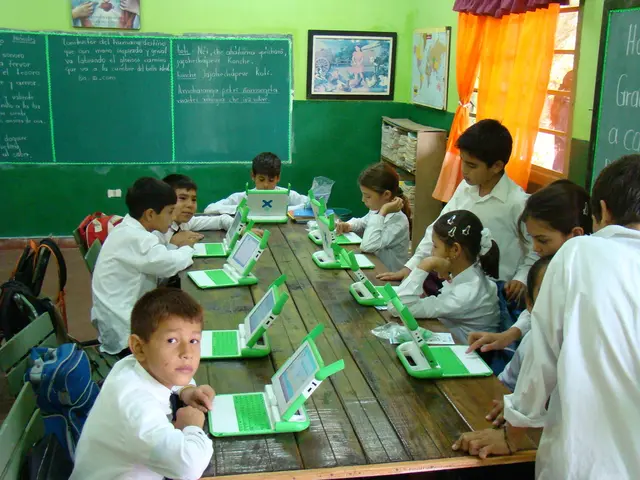Solar-powered food bank reduces costs successfully; potential GOP reductions might impede similar initiatives.
In a significant step towards sustainability, Second Harvest Food Bank of Northwest North Carolina has activated a 1-megawatt solar array at its new headquarters. The project, one of the largest rooftop solar initiatives in the state, was brought to life through the collaboration between Beth Bealle, the organization's director of philanthropy, stewardship, and engagement, and Will Eley, the Green Jobs Program Manager at the Piedmont Environmental Alliance.
The journey towards this milestone began in 2019 when Second Harvest Food Bank started planning the construction of a new headquarters in Winston-Salem. Initially, the idea of installing solar panels on the rooftop was considered, but it was put on hold due to cost considerations.
Fast forward to April 2023, Beth Bealle and Will Eley met at the Piedmont Environmental Alliance Earth Day Fair. The conversation about Second Harvest Food Bank's solar plan was revived, and the team was encouraged to reconsider the installation of solar panels.
Food banking, according to Beth Bealle, has always been about sustainability. The organization rescues food that would have ended up in landfills to feed those in need. It was a natural progression for the team at Second Harvest Food Bank to push the sustainability concept in other aspects of their work, including the facility.
The new headquarters is a 140,000-square-foot building, formerly an R.J. Reynolds Tobacco industrial park. In April 2025, Second Harvest Food Bank moved into its new sustainable home and switched on its rooftop solar array, compliant with the clean energy incentives provided by the Inflation Reduction Act.
While the exact cost of the solar array installation is not disclosed, the team was initially advised that it would be too expensive. However, with the collaboration with the Piedmont Environmental Alliance and the incentives from the Inflation Reduction Act, the project became a reality.
The solar array is expected to generate approximately 1.5 million kilowatt-hours of electricity annually, significantly reducing the organization's carbon footprint and saving on energy costs. This is a significant step towards Second Harvest Food Bank's commitment to sustainability and its mission to feed those in need.
Read also:
- chaos unveiled on Clowning Street: week 63's antics from 'Two-Tier Keir' and his chaotic Labour Circus
- Racing ahead in Renewable Energy Dominance: Changzhou, Jiangsu Pushes for Worldwide Renewable Energy Ascendancy
- Renault Group to Discuss Decarbonization and Circular Economy Strategies at ChangeNow 2023 Event
- Public remains oblivious to potential hazards at gas export facilities, due to confidentiality surrounding their operations








